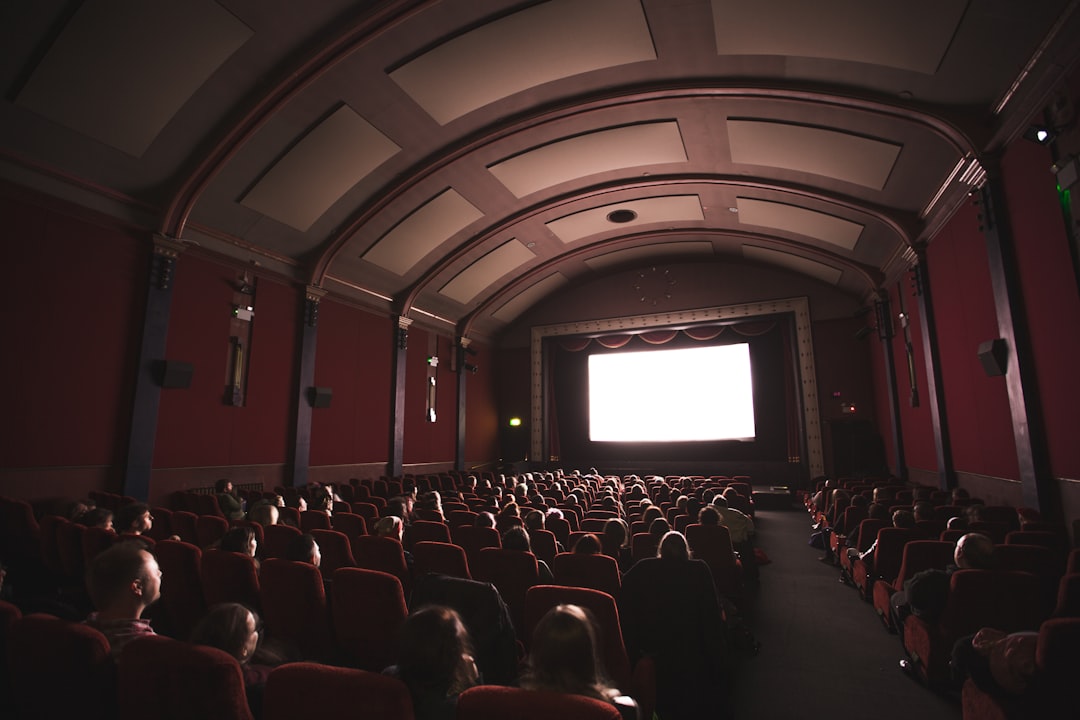What is it about?
The art of location-based Sound Recording specifically, has been a neglected area of academic research. I seek to address this by drawing critical attention to the intricacies and skills involved in location Sound Recording within Realist filmmaking – both scripted and unscripted. I show how this art continues to be central to the creative process of production, in driving the narrative and shaping the text’s influence, within the pro-filmic space. Realist filmmaking aims to create a sense that “…there’s no separation between the audience watching the film and the events in the film.” I explore the potential contribution of an immersive location Sound Recording methodology on the prevailing, classic single camera, ‘2D’ filming methodology, and how this might then contribute to the reinvigoration or reimagining of the Realist/ Observational Documentary genre, in an age of immersive media - specifically suggesting that ambisonic audio would contribute to this.
Featured Image

Photo by Johnny Brown on Unsplash
Why is it important?
I hypothesise that the Realist Sound Recordist’s role has an authorial voice and a creative agency. I seek to reimagine and develop an ontological re-definition of location Sound Recording by proposing that a reinvigoration of the Realist genre - unscripted in particular - can be achieved by connecting the story-telling skills in Recording for single camera, with the new opportunities afforded by the emerging technologies of immersive field Sound Recording – ambisonics being a vital part of that development. I draw critical attention to the intricacies and skills involved in the art of the Location Sound Recordist; to show how this art continues to be central to the creative process of film production in driving the narrative and the text.
Read the Original
This page is a summary of: The ‘Truth of Sound’: Exploring the effects of an immersive location sound recording methodology within realist filmmaking, The Soundtrack, October 2022, Intellect,
DOI: 10.1386/ts_00016_1.
You can read the full text:
Contributors
The following have contributed to this page










